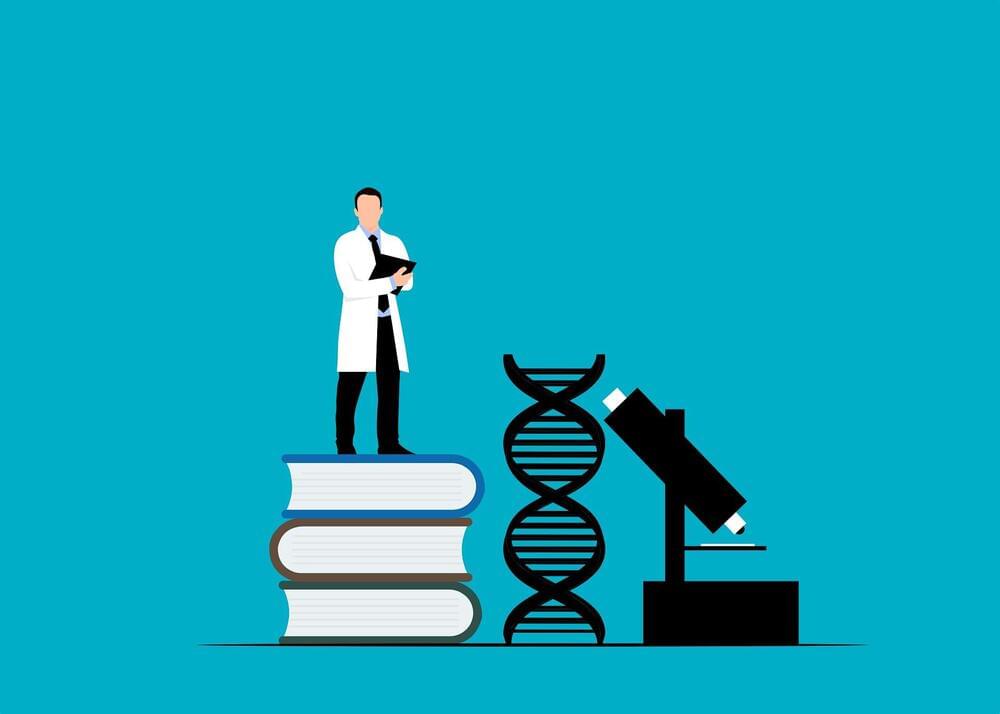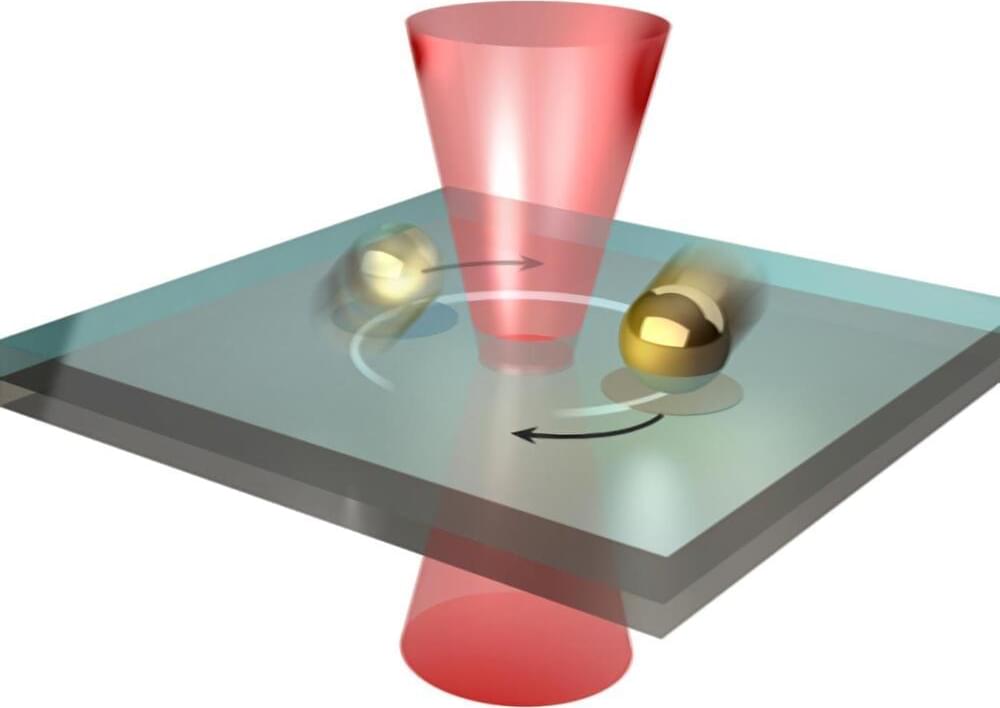Aug 8, 2022
Automated techniques could make it easier to develop AI
Posted by Shubham Ghosh Roy in categories: information science, robotics/AI
Machine-learning researchers make many decisions when designing new models. They decide how many layers to include in neural networks and what weights to give inputs at each node. The result of all this human decision-making is that complex models end up being “designed by intuition” rather than systematically, says Frank Hutter, head of the machine-learning lab at the University of Freiburg in Germany.
A growing field called automated machine learning, or autoML, aims to eliminate the guesswork. The idea is to have algorithms take over the decisions that researchers currently have to make when designing models. Ultimately, these techniques could make machine learning more accessible.


















